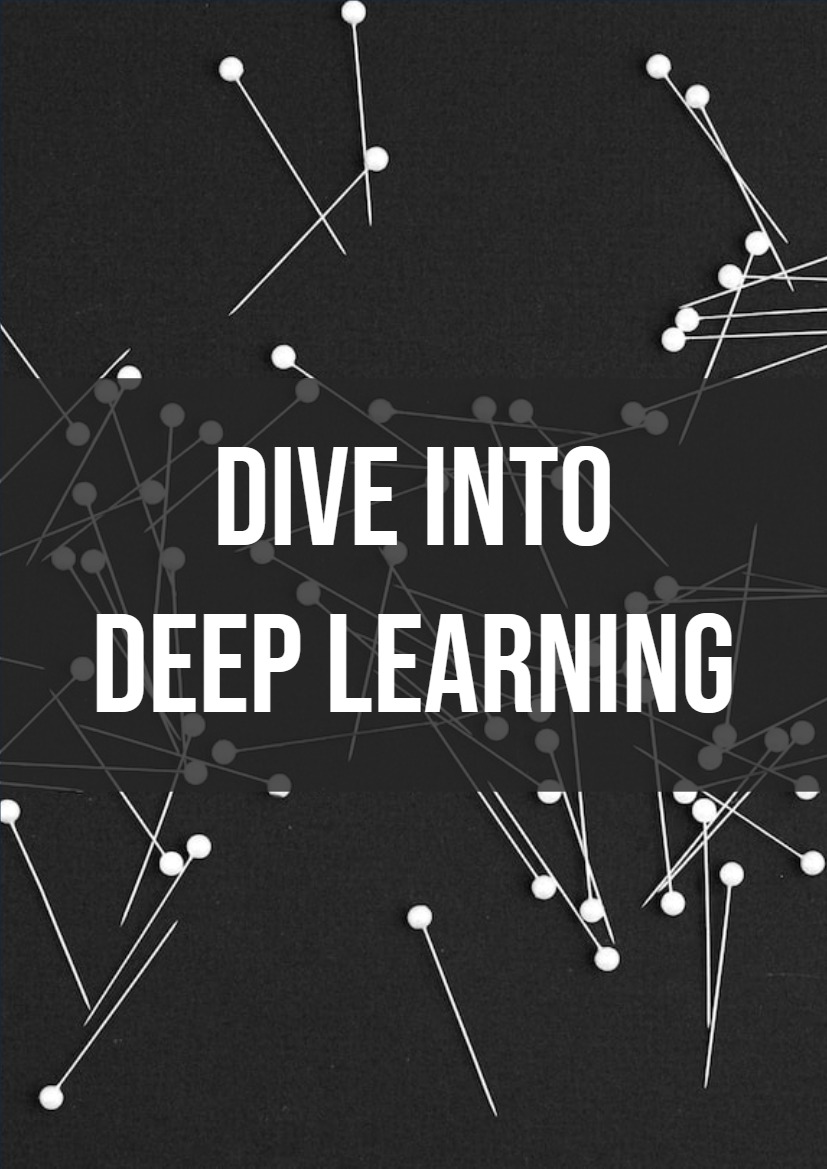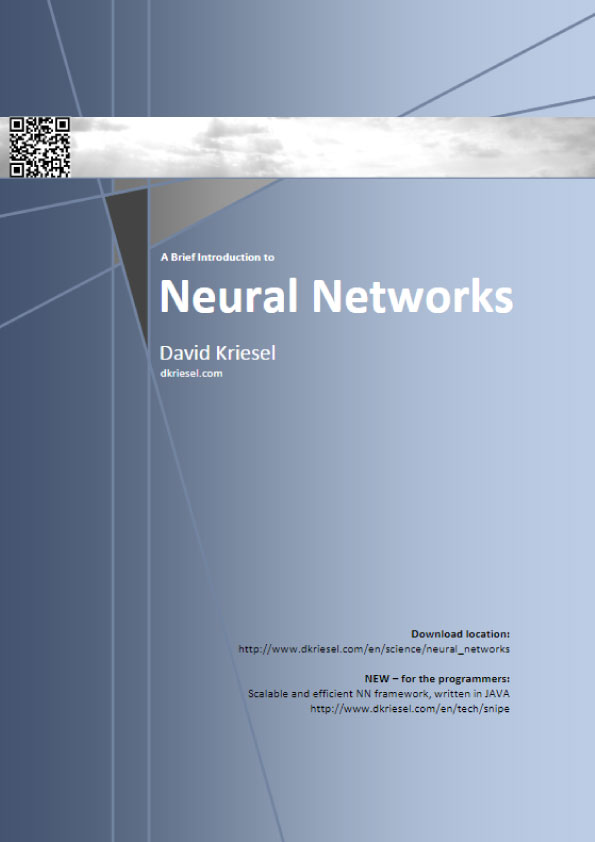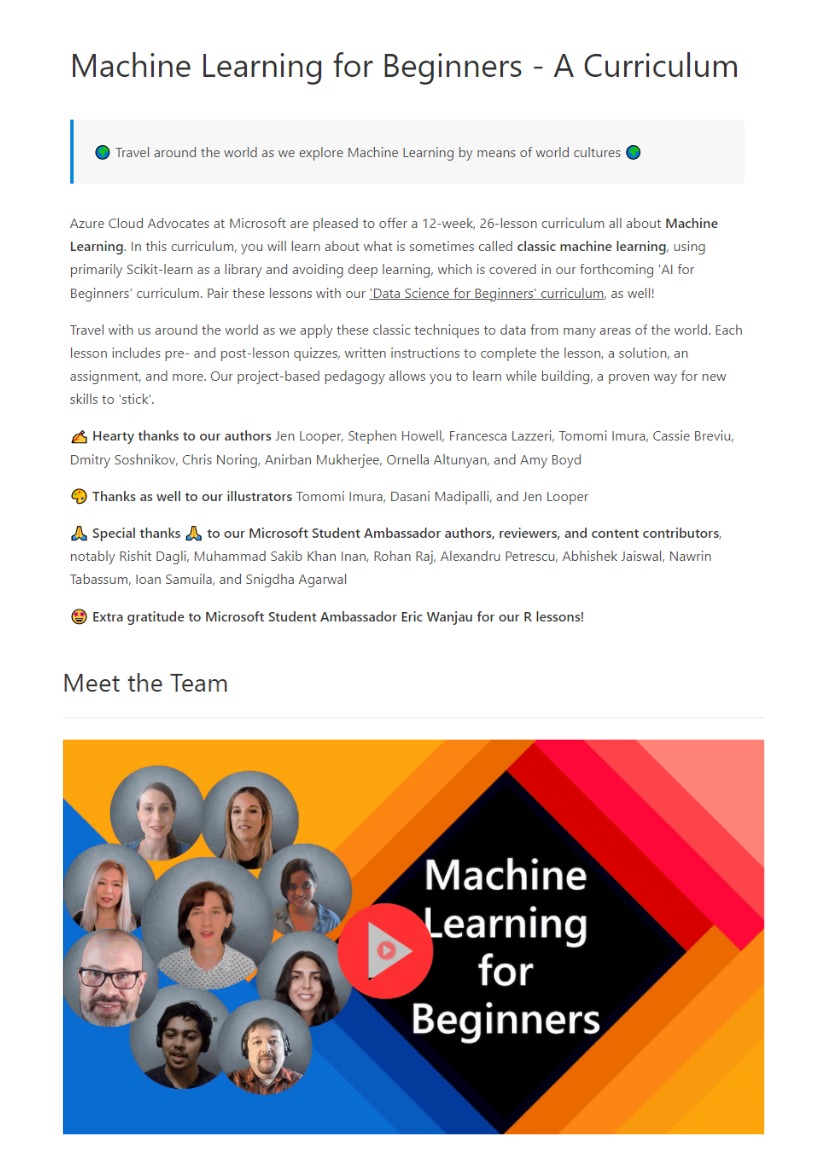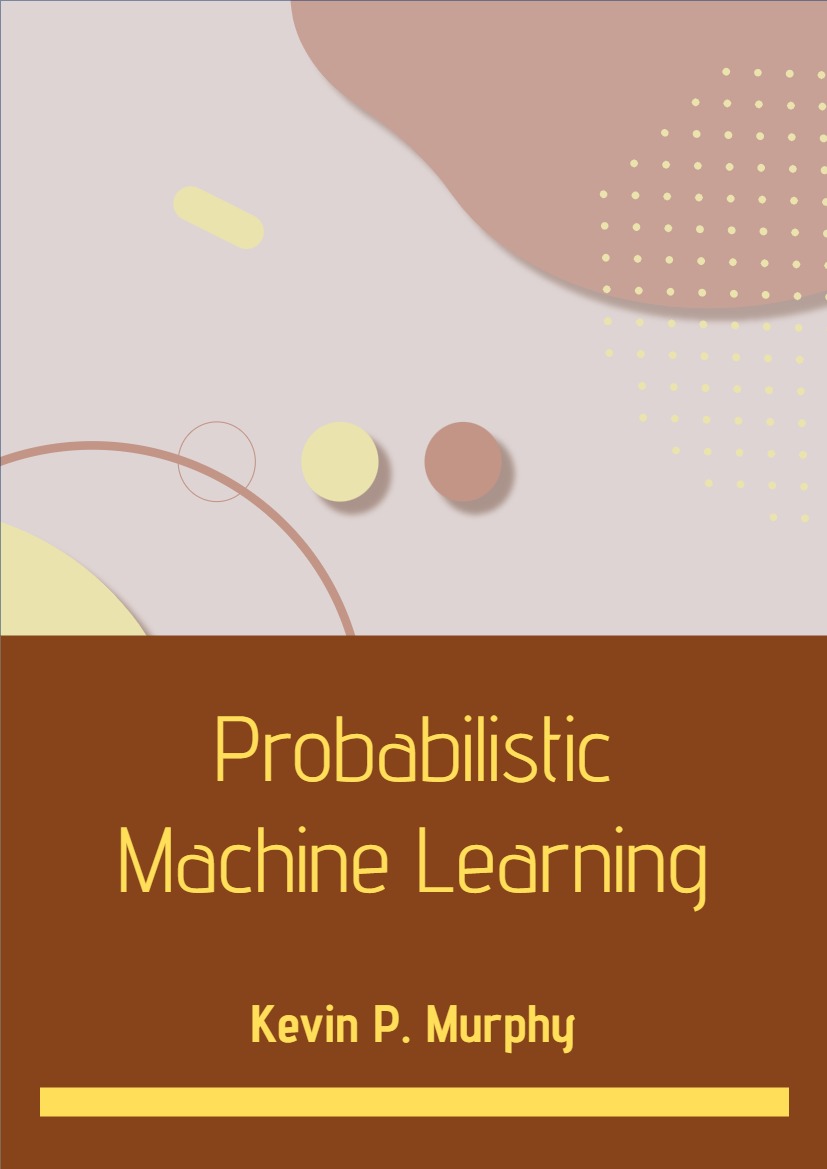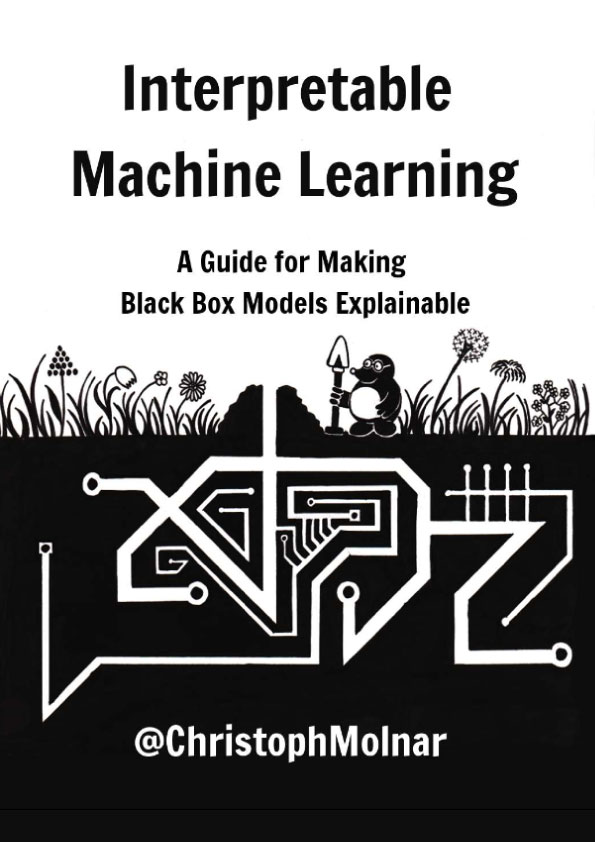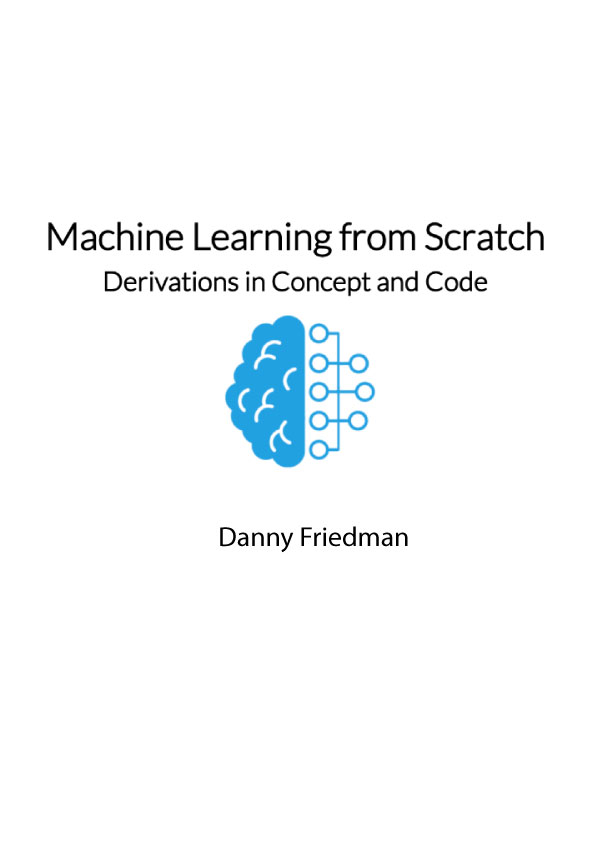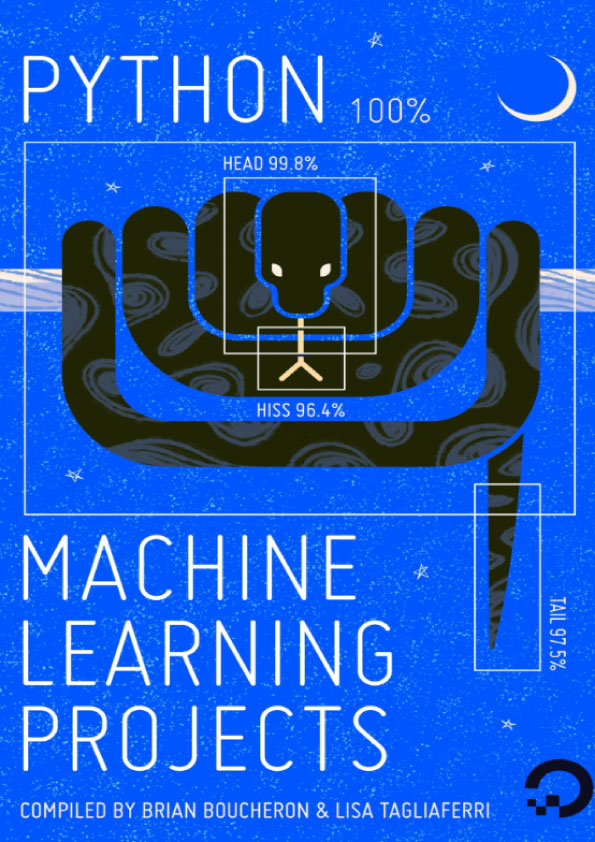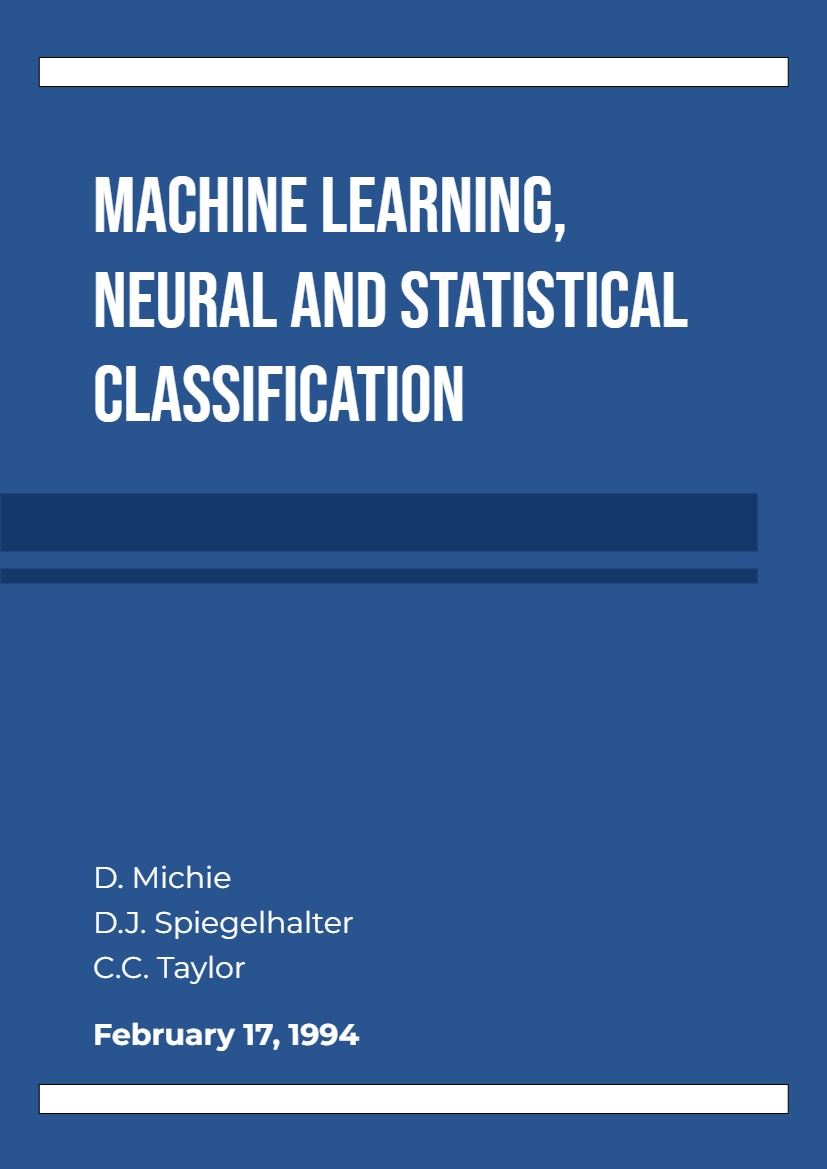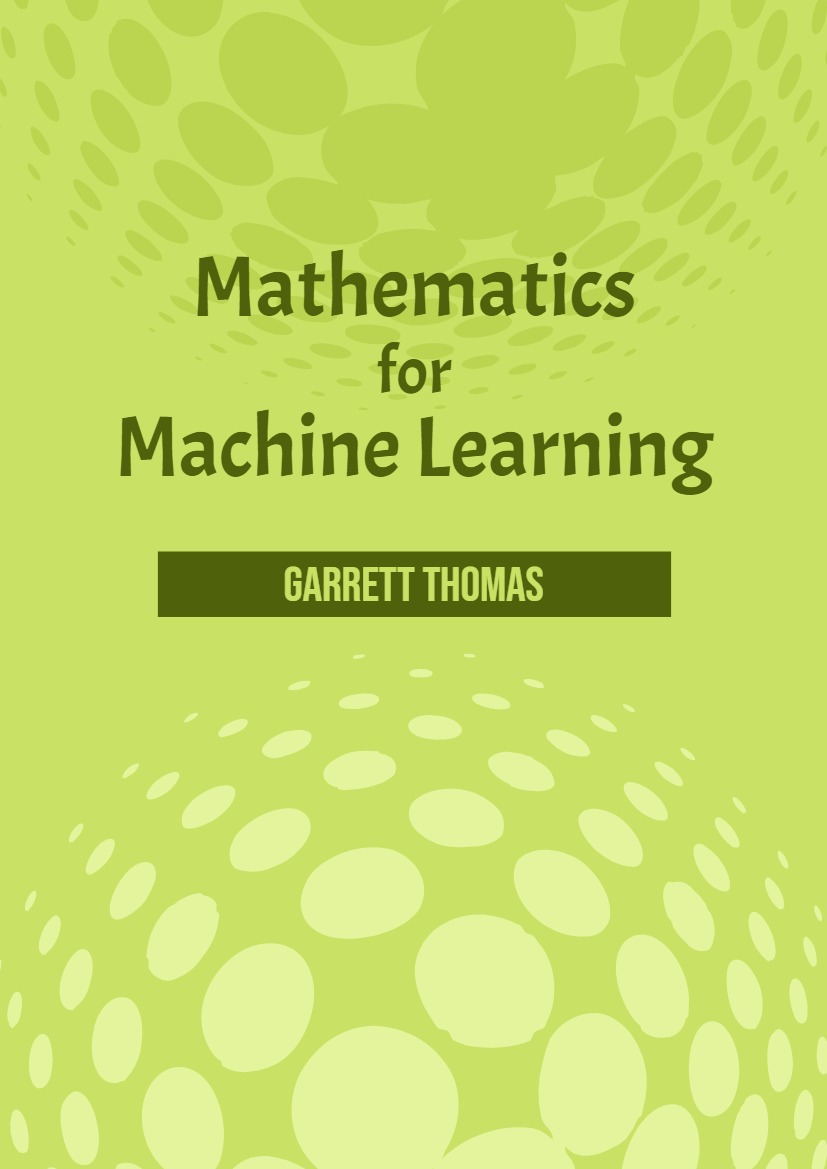About This Book
Aston Zhang, Zachary C. Lipton, Mu Li, And Alexander J. Smola
This book represents our attempt to make deep learning approachable, teaching you the concepts, the context, and the code.
One Medium Combining Code, Math, and HTML
For any computing technology to reach its full impact, it must be well-understood, well- documented, and supported by mature, well-maintained tools. The key ideas should be clearly distilled, minimizing the onboarding time needing to bring new practitioners up to date. Mature libraries should automate common tasks, and exemplar code should make it easy for practitioners to modify, apply, and extend common applications to suit their needs. Take dynamic web applications as an example. Despite a large number of companies, like Amazon, developing successful database-driven web applications in the 1990s, the potential of this technology to aid creative entrepreneurs has been realized to a far greater degree in the past ten years, owing in part to the development of powerful, well-documented frameworks.
Testing the potential of deep learning presents unique challenges because any single application brings together various disciplines. Applying deep learning requires simultaneously understanding (i) the motivations for casting a problem in a particular way; (ii) the mathematical form of a given model; (iii) the optimization algorithms for fitting the models to data; (iv) the statistical principles that tell us when we should expect our models to generalize to unseen data and practical methods for certifying that they have, in fact, generalized; and (v) the engineering techniques required to train models efficiently, navigating the pitfalls of numerical computing and getting the most out of available hardware. Teaching both the crit- ical thinking skills required to formulate problems, the mathematics to solve them, and the software tools to implement those solutions all in one place presents formidable challenges. Our goal in this book is to present a unified resource to bring would-be practitioners up to speed.
When we started this book project, there were no resources that simultaneously (i) remained up to date; (ii) covered the breadth of modern machine learning practices with sufficient technical depth; and (iii) interleaved exposition of the quality one expects of a textbook with the clean runnable code that one expects of a hands-on tutorial. We found plenty of code examples for how to use a given deep learning framework (e.g., how to do basic numerical computing with matrices in TensorFlow) or for implementing particular techniques (e.g., code snippets for LeNet, AlexNet, ResNet, etc.) scattered across various blog posts and GitHub repositories. However, these examples typically focused on how to implement a given approach, but left out the discussion of why certain algorithmic decisions are made. While some interactive resources have popped up sporadically to address a particular topic, e.g., the engaging blog posts published on the website Distill1 , or personal blogs, they only covered selected topics in deep learning, and often lacked associated code. On the other hand, while several deep learning textbooks have emerged—e.g., Goodfellow et al. (2016), which offers a comprehensive survey on the basics of deep learning—these resources do not marry the descriptions to realizations of the concepts in code, sometimes leaving readers clueless as to how to implement them. Moreover, too many resources are hidden behind the paywalls of commercial course providers.
We set out to create a resource that could (i) be freely available for everyone; (ii) offer sufficient technical depth to provide a starting point on the path to actually becoming an applied machine learning scientist; (iii) include runnable code, showing readers how to solve problems in practice; (iv) allow for rapid updates, both by us and also by the community at large; and (v) be complemented by a forum2 for interactive discussion of technical details and to answer questions.
These goals were often in conflict. Equations, theorems, and citations are best managed and laid out in LaTeX. Code is best described in Python. And webpages are native in HTML and JavaScript. Furthermore, we want the content to be accessible both as executable code, as a physical book, as a downloadable PDF, and on the Internet as a website. No work- flows seemed suited to these demands, so we decided to assemble our own (Section 23.6). We settled on GitHub to share the source and to facilitate community contributions; Jupyter notebooks for mixing code, equations and text; Sphinx as a rendering engine; and Discourse as a discussion platform. While our system is not perfect, these choices strike a compromise among the competing concerns. We believe that Dive into Deep Learning might be the first book published using such an integrated workflow
